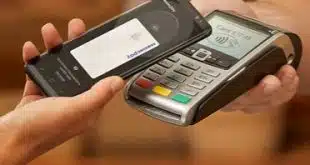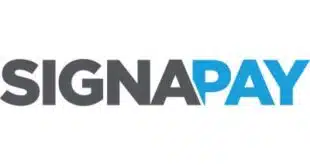Payments observers have expected Apple Inc. to add person-to-person payments to its Apple Pay mobile-payments service for almost as long as the mobile wallet has been available, and last month, the computing giant obliged.
Without adding much detail, Apple announced that users of its Messages feature will be able to send and receive cash to and from other users. The money transfers will be funded with credit or debit cards but will also rely on a new feature, a virtual prepaid card called the Apple Pay cash card, for which the program manager is Pasadena, Calif.-based Green Dot Corp.
Though remittances will be integrated within Apple’s messaging app to maximize ease of use, the P2P service won’t be available until the fall, when the company is expected to launch its latest mobile operating system, iOS 11. At that point, the service will compete with a raft of services such as those from Facebook Inc. and PayPal Holdings Inc.’s Venmo that mate P2P payments with social networking. While Apple is expected to introduce a new phone, the iPhone 8, the new OS will be backward compatible with phones as old as the iPhone 5s.
The new service will give Apple a potent tool to claim a piece of a U.S. P2P market estimated at more than $600 billion in volume. The first indications of how serious Apple is about P2P emerged more than 18 months ago when The Wall Street Journal reported on talks the company was having with banks to create a service.
“This is one final frontier we wanted to conquer,” said Craig Federighi, senior vice president for software engineering at Apple. Federighi spoke in June while introducing the new service at Apple’s annual developers’ conference.
Peer-to-peer payments capability could also boost Apple Pay, which has been steadily gaining retail acceptance but, along with rival mobile wallets, has struggled to win routine usage among consumers.
With the new service, iPhone users will have a strong incentive to use the cash they receive to pay with Apple Pay. “I can almost force you to become an Apple Pay customer by sending you money on Messages,” says Rick Oglesby, principal at Mesa, Ariz.-based consultancy AZ Payments Group.
This is where the new virtual cash card could come in. Cash received would reside on the card rather than in a checking account backing a debit card. That money, presumably, would only be usable within Apple Pay’s network of merchants and users, Oglesby points out. But consumers who register a debit card could also present a potential advantage to Apple, he says, because such registrations increase the number of debit cards enrolled in Apple Pay.
Either way, Oglesby says, “The recipient of the money ends up being an Apple Pay customer.”
The big drawback with P2P services is that few, if any, make money because consumers have shown little interest in paying fees for usage. But if the new service ends up selling more consumers on using Apple Pay for everyday purchases, while also helping to sell a few more iPhones, Apple may well consider that a good deal.






